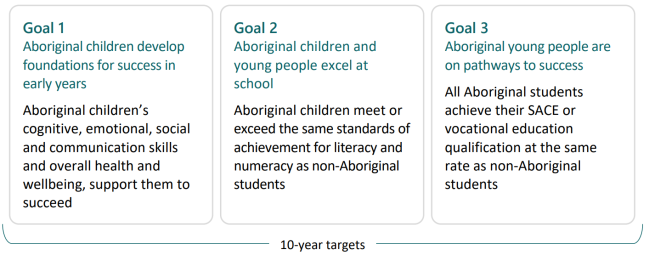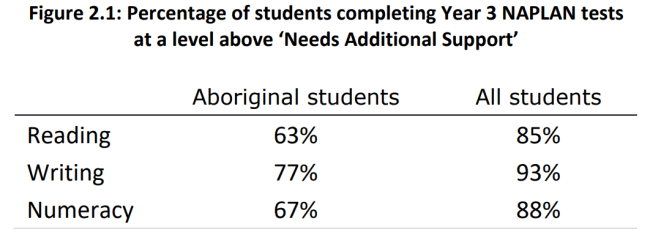The South Australian Government needs to address gaps in key areas to demonstrate “effective management” of its education strategy for Aboriginal students, says a review.
At its core, the strategy – designed to “drive policy and practice across the public education system” – states that “more needs to be done to ensure every Aboriginal South Australian can enjoy the life-long benefits of education”. More than 14,300 Aboriginal children and young people attend public schools in SA – 56 per cent live in the greater Adelaide region.
The government’s strategy establishes three key goals to lift educational outcomes for Aboriginal students:

However, in a report recently tabled to parliament, the Auditor-General found that since the strategy’s implementation in 2019, “inequity in education outcomes between Aboriginal and other students” still very much exists.
According to the Department of Education, 49 per cent of Aboriginal students attended preschool in 2024 compared to 76 per cent of non-Aboriginal students. School attendance was 75 per cent for Aboriginal students compared to 88 per cent for non-Aboriginal students.
Meanwhile, 45 per cent of Aboriginal students completed the South Australian Certificate of Education compared to 69 per cent of non-Aboriginal students. Statistics also show disparities in literacy and numeracy outcomes.

Gaps identified in the Auditor-General’s review of the delivery of the Aboriginal education strategy include:
- reporting to those overseeing the strategy does not include information on progress against about half of the strategy performance indicators
- information reported to the public does not provide transparency on strategy outcomes
- most strategy initiatives are not planned in a way that clearly explains how they are expected to achieve intended outcomes
- the risk and change management approaches for the strategy are not clearly defined
- performance indicators for several strategy initiatives are not designed effectively
- the data collected against strategy and initiative performance indicators is not complete.
“Given these gaps, the Department for Education is not able to effectively demonstrate the impact of the Aboriginal education strategy and how it is progressing towards achieving its goals and objectives,” says the report.
To effectively manage these challenges, the department “needs to have sound governance arrangements, implementation plans, monitoring and evaluation frameworks and reporting in place” for the strategy moving forward.
Strategy not at level needed to achieve its goals and objectives.
To improve educational outcomes for Aboriginal students, the department “needs to understand what works and why”, says the report. “It needs to be clear how initiative inputs, activities and outputs are expected to deliver intended outcomes and impacts. Performance indicators must be well designed and supported by appropriate data to effectively monitor and evaluate whether intended goals, outcomes and impacts have been achieved.”
In response, the department said it recognises that the scale and depth of impact of the strategy “is not currently at the level needed to achieve its goals and objectives” and plans to:
- develop an approach to deliver impact at the whole-of-education system level for Aboriginal education outcomes
- co-design initiatives with Aboriginal people
- define measures and indicators of impact that reflect what is important to Aboriginal learners, their families and communities.
The department is currently conducting a strategic reset, one that “requires deep cultural and structural changes that empower Aboriginal people, so they can participate in a culturally safe and responsive education system”.




Leave a Reply